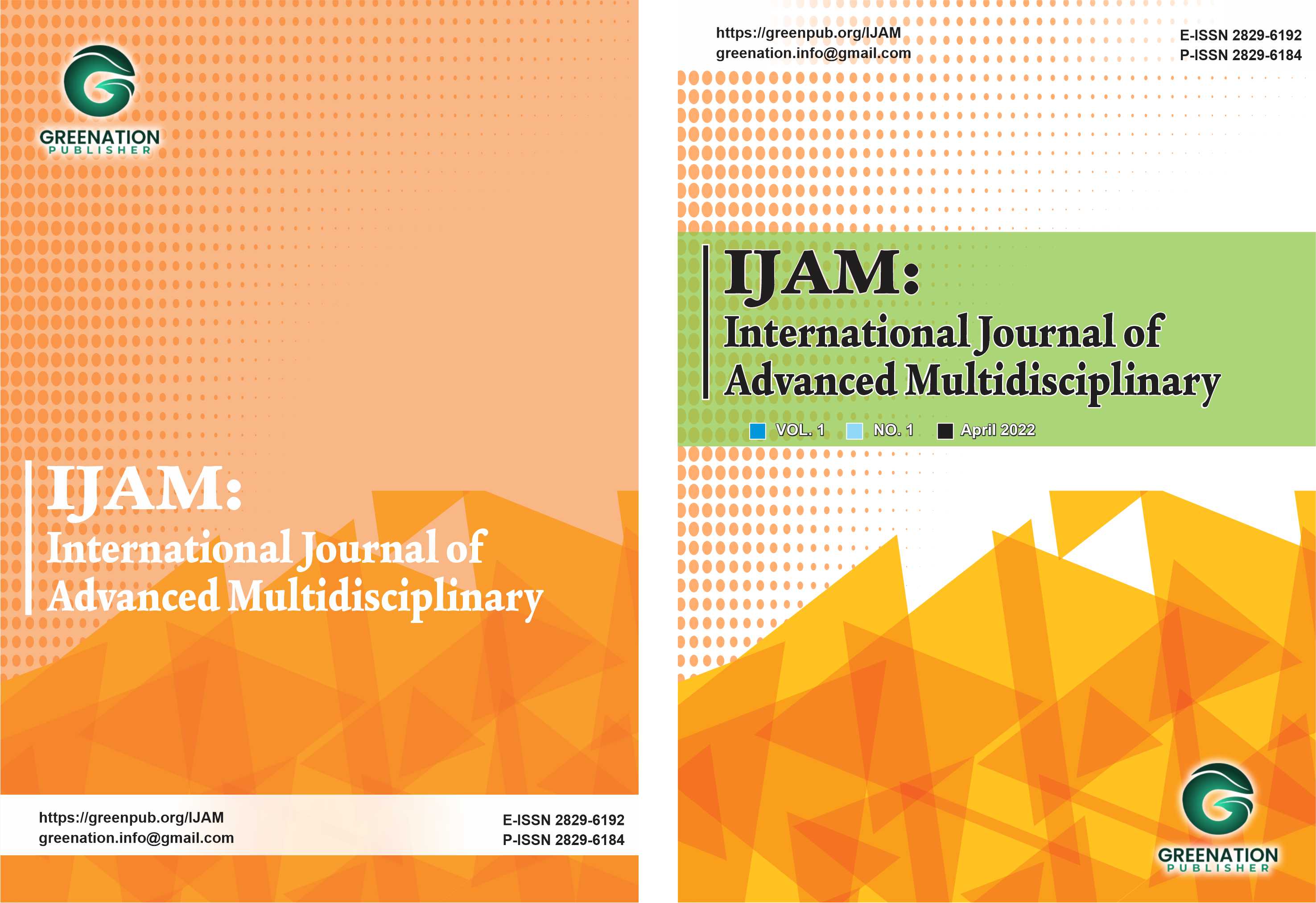Analyzing The Influences of Cyber-Loafing, Quiet Quitting, and Job Satisfaction On Teacher Performance in Non-Formal Educational Institutions
DOI:
https://doi.org/10.38035/ijam.v3i1.535Keywords:
Cyber-loafing, Quiet quitting, Job satisfaction, Teacher performance, Non-formal educational institutionsAbstract
Non-formal educational institutions play a crucial role in enhancing human resource quality. Teacher performance is a key factor determining the effectiveness of the teaching and learning process within these institutions. In the digital age, the emergence of cyber-loafing and quiet quitting phenomena can negatively impact teacher performance. This study aims to analyze the influences of cyber-loafing, quiet quitting, and job satisfaction on teacher performance in non-formal educational institutions, utilizing 42 data samples. This research employs a quantitative method with a survey design. Data was collected from 42 teachers in non-formal educational institutions within the Bekasi area, West Java, Indonesia. Multiple linear regression was used as the data analysis technique.The research findings indicate that cyber-loafing and job satisfaction have positive significant influences on teacher performance, while quiet quitting has a negative significant influence.These findings differ from previous studies suggesting a significant impact of cyber-loafing, quiet quitting, and job satisfaction on teacher performance. This discrepancy might be attributed to factors such as differing sample characteristics, measurement methods, or research contexts.More extensive studies with larger and more diverse samples, alongside more accurate measurement methods, are necessary to confirm these findings.
References
Buchanan, A. (2022). Quiet quitting: The new phenomenon sweeping the workforce. https://www.bbc.com/worklife/article/20230811-quiet-quitting-is-the-status-quo-workers-are-still-proud-to-do-the-bare-minimum
Bryman, A., & Crane, D. (2007). Quantitative analysis for business: A review of research methods. Sage.
Creswell, J. W. (2012). Research design: Qualitative, quantitative, and mixed methods approaches. Sage.
Darmawan, D., & Raharjo, S. (2020). Cyberloafing dan kinerjanya pada era industri 4.0. Jurnal Manajemen dan Kewirausahaan, 18(2), 235-242.
Duxbury, D., Ashworth, M., & Kraut, R. E. (2013). The negative effects of workplace internet use on employees' productivity and well-being. Journal of Occupational and Organizational Psychology, 86(3), 425-442.
Field, A. (2013). Discovering statistics using SPSS. Sage.
Gujarati, D. N., & Gujarati, D. C. (2010). Basic econometrics. McGraw-Hill.
Hair, J. F., Jr., Black, W. C., Babin, B. J., & Anderson, R. E. (2010). Multivariate data analysis. Pearson Prentice Hall.
Judge, T. A., Bono, J. E., Ilies, R., & Gerstner, C. M. (2010). The job satisfaction-job performance relationship: A meta-analysis. Journal of Applied Psychology, 95(3), 382.
Kiewitz, A. (2022). Quiet quitting: What it is and what to do about it. https://hbr.org/2022/09/when-quiet-quitting-is-worse-than-the-real-thing
Locke, E. A. (1969). What is job satisfaction? https://journals.sagepub.com/doi/abs/10.1177/0149206315624962
Mark, G. B., Chmiel, J. D., Tarrant, M., & Ware, C. A. (2017). The impact of workplace internet use on employee productivity: A meta-analysis. Human Relations, 70(12), 1671-1692.
Downloads
Published
How to Cite
Issue
Section
License
Copyright (c) 2024 Roza Amelia

This work is licensed under a Creative Commons Attribution 4.0 International License.
Authors who publish their manuscripts in this journal agree to the following conditions:
- The copyright on each article belongs to the author(s).
- The author acknowledges that the International Journal of Advanced Multidisciplinary (IJAM) has the right to be the first to publish with a Creative Commons Attribution 4.0 International license (Attribution 4.0 International (CC BY 4.0).
- Authors can submit articles separately, arrange for the non-exclusive distribution of manuscripts that have been published in this journal into other versions (e.g., sent to the author's institutional repository, publication into books, etc.), by acknowledging that the manuscript has been published for the first time in the International Journal of Advanced Multidisciplinary (IJAM).























